Since time immemorial, humans have observed the night sky, these observations paved way for future observations and is what we know today as Modern astronomy
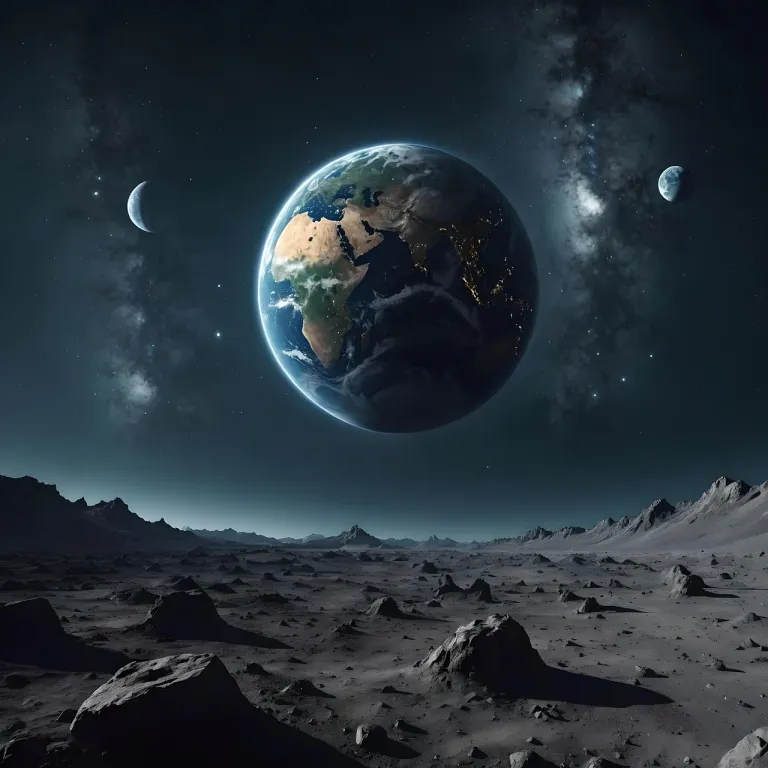
Mesopotamian Astronomy : In the 3rd millennium BC, the first astronomer-priests watched the night sky ontop of Ziggurats; Ancient megastructures of Mesopotamia that were around 30 stories tall. These priests, therefore, were rightly believed to be the first official astronomers. They discovered all the planets that are visible to the naked eye.
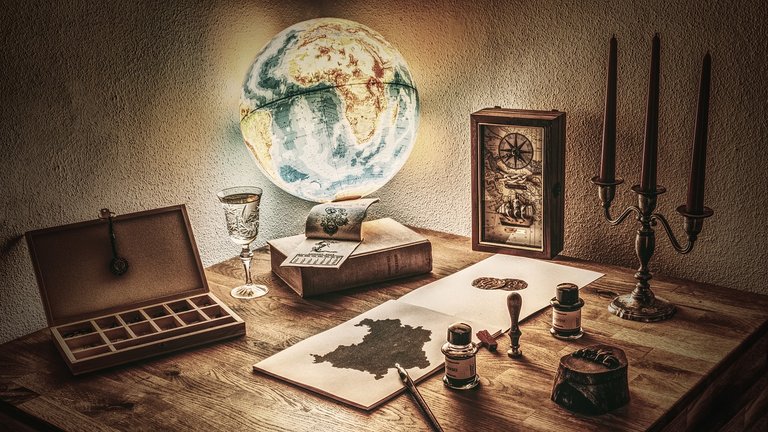
When the Babylonians conquered Mesopotamia in 1900 BC, the discovered the “Venus tablet of Amissaduqa” , the oldest known astrological text. It was a record of omens since Venus dissipated from the sky to the visible eye for 21 years, it also contains predictions. It was basically an account of all phenomenon during Venus dissappearance.
They not only discovered planets but also traced their movement and discovered their periodic motion.
Ancient Egyptian Astronomy : Egyptian Astronomy started in the 5th millennium BC. By the 3rd millennium BC, they had already established the present 365 day calender and used stars to determine the annual flooding of the nile. The presence of stone circles at Nabta Playa in Upper Egypt from the 5th millennium BCE show the importance of astronomy to the religious life of Ancient Egypt, even in the prehistoric period.
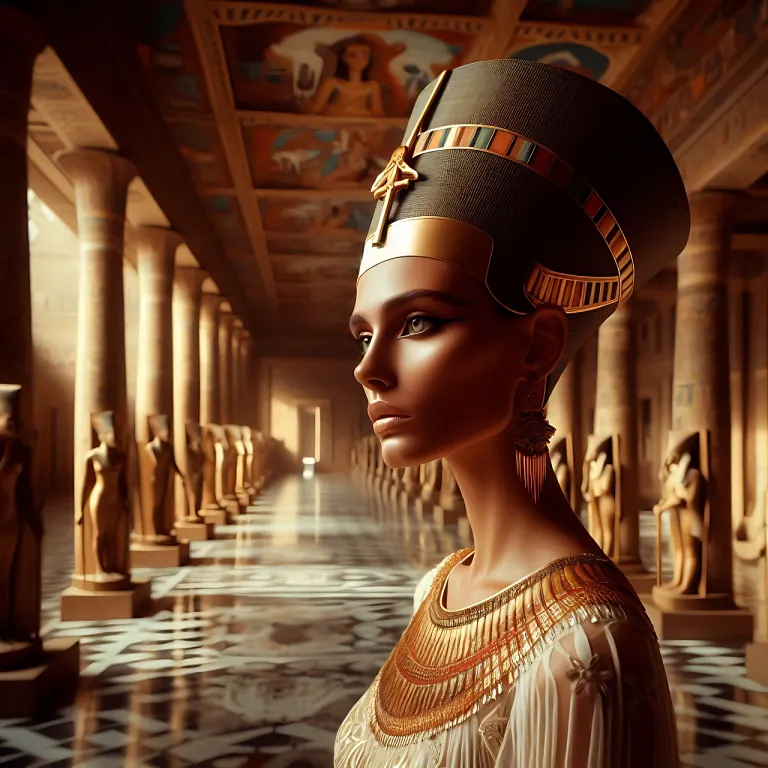
Astronomer, Macrobius Ambrosius Theodosius attributed the planetary theory to the Egyptians; earth rotates on its axis, the inner planets revolve around the sun which in turn revolves around the earth. He called it the Egyptian system, though faulty.
Babylonian Astronomy : Babylonian astronomy, which flourished from the 18th to the 6th century BCE, was a remarkable achievement that laid the foundation for later astronomical discoveries. The Babylonians made systematic observations of the night sky, recording planetary movements, lunar eclipses, and solar activity. They also developed mathematical models to predict lunar and planetary cycles, created the zodiac, and accurately calculated planetary periods.

Additionally, they recognized the 18-year Saros cycle for lunar eclipses and kept detailed astronomical diaries for predictive purposes. Their influential works, such as Enuma Anu Enlil and MUL.APIN, demonstrate their comprehensive understanding of the celestial world. The legacy of Babylonian astronomy can be seen in its influence on ancient Greek astronomy and its contribution to the development of modern astronomy.
Mayan Astronomy : The Ancient Mayans developed some of the most pre telescope astronomy in the world, they understood many astronomical phenomena. Maya astronomy was naked-eye astronomy based on the observations of the Azimuths of the rising and setting of heavenly bodies. City planning and alignment was often arranged in line with astronomical paths and events.
Ancient Greek Astronomy : Ancient Greek Astronomy is Astronomy written in Greek language, the most influential astronomer of Ancient Greece was Ptolemy whose treatise Alatest shaped astronomical thinking until the Modern Era.
The main features of Archaic Greek cosmology are shared with those found in Ancient near Eastern cosmology. They include (a flat) earth, a heaven (firmament) where the sun, moon, and stars are located, an outer ocean surrounding the inhabited human realm, and the netherworld (Tartarus), the first three of which corresponded to their gods Ouranos, Gaia, and Oceanus (or Pontos).
Chinese Astronomy : Joseph Needham has described the ancient Chinese as the most persistent and accurate observers of celestial phenomena anywhere in the world before the Islamic astronomers.

They created detailed star maps and charts that reflected their deep understanding of the cosmos. This wasn’t just for scientific curiosity; it was deeply connected to their calendar system, helping with farming and decision-making. Their astronomical records are some of the oldest and most continuous in human history, showing how closely intertwined their observations were with their culture and daily life.
MODERN ASTRONOMY: Modern astronomy began with Copernicus in the 16th century, when he proposed that the Earth revolves around the Sun, challenging the old view that Earth was the center of the universe. In the 1600s, Kepler refined this idea with his laws of planetary motion, and Galileo used a telescope to observe moons around Jupiter, further proving Copernicus right.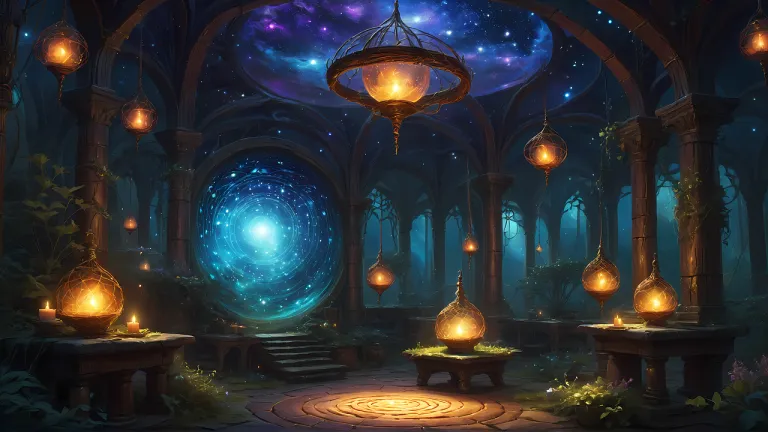
In the late 1600s, Isaac Newton explained how gravity controls the movement of planets. By the 19th century, better telescopes helped astronomers like William Herschel discover new planets and study the stars' makeup.
In the 20th century, Edwin Hubble found that the universe is expanding, leading to the Big Bang theory. Today, with space telescopes and missions, we explore distant galaxies, search for exoplanets, and try to understand the mysteries of the universe like black holes and dark matter.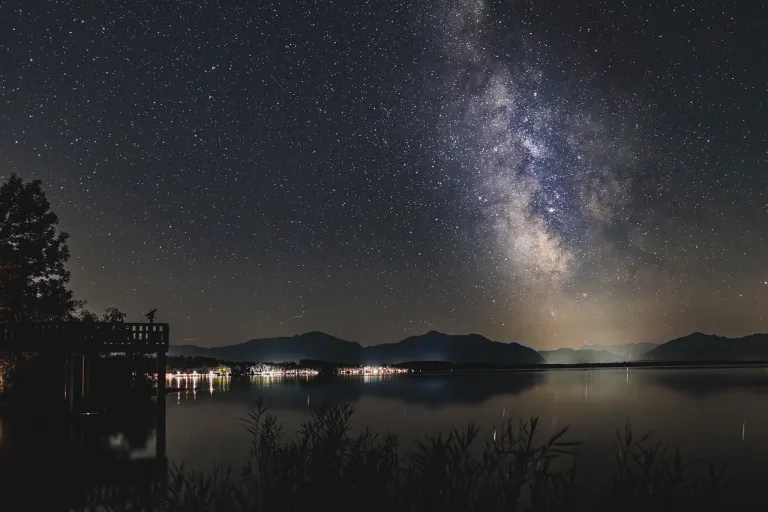
All pictures were gotten from pixabay
Source
Source
Source
Source
Source
Source
Source
Please vote for Ecency proposal👇
https://ecency.com/proposals?filter=team
One of the major topic I even want to study and learn about is the astronaut. I want to know how they operate the space